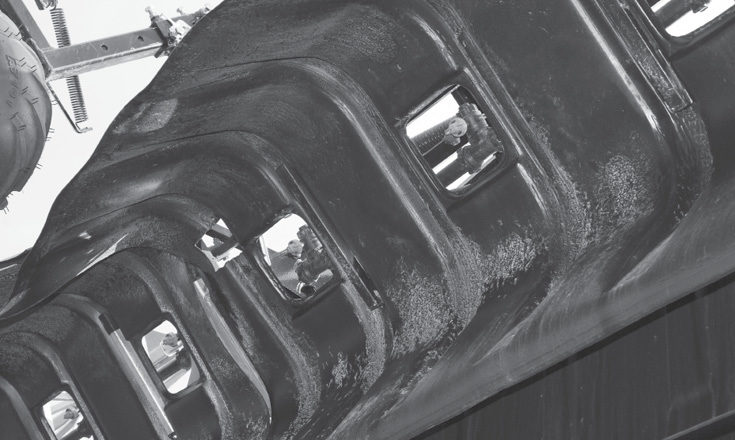No-Till Farmer
Get full access NOW to the most comprehensive, powerful and easy-to-use online resource for no-tillage practices. Just one good idea will pay for your subscription hundreds of times over.

Farming in big sky country means a 70-mile drive between farms for Terry, Mont., no-tiller Todd Tibbetts.
He hauls no-till equipment back and forth on the interstate in southeastern Montana to farm 4,400 acres of winter wheat, barley, peas, corn, alfalfa and sugarbeets.
And once he gets in the tractor, some fields stretch 2¼ miles from one end to the other.
The Tibbetts family juggles an incredible amount of work.
Todd, his father, Steve, and his brothers Brock and Cody, divide responsibilities to manage 1,200 irrigated acres, 3,200 dryland acres, cow-calf and backgrounding operations and custom silage chopping.
The 70-mile commute between the home farm in Terry and a newly rented farm near Rosebud is just icing on the cake.
Moving machinery between two farms would be impossible without no-till, Tibbetts says.
“No-till opens up our options and allows us to be more spread out,” Tibbetts says. “I can just use two heavy machinery trailers to move the drill, tractor and sprayer from farm to farm.”
Steve originally purchased a Haybuster no-till drill in the ‘80s and the family struggled to no-till during drought.
Now, they no-till 100% of their dryland wheat, barley and peas and are working toward growing continuous crops, which is an uncommon practice in the area.
“Summer fallow is the most expensive crop you can have,” Todd Tibbetts says. “We feel we can raise a good crop every year, not every other year.”
To achieve this, he follows winter wheat with barley, Willow Creek…